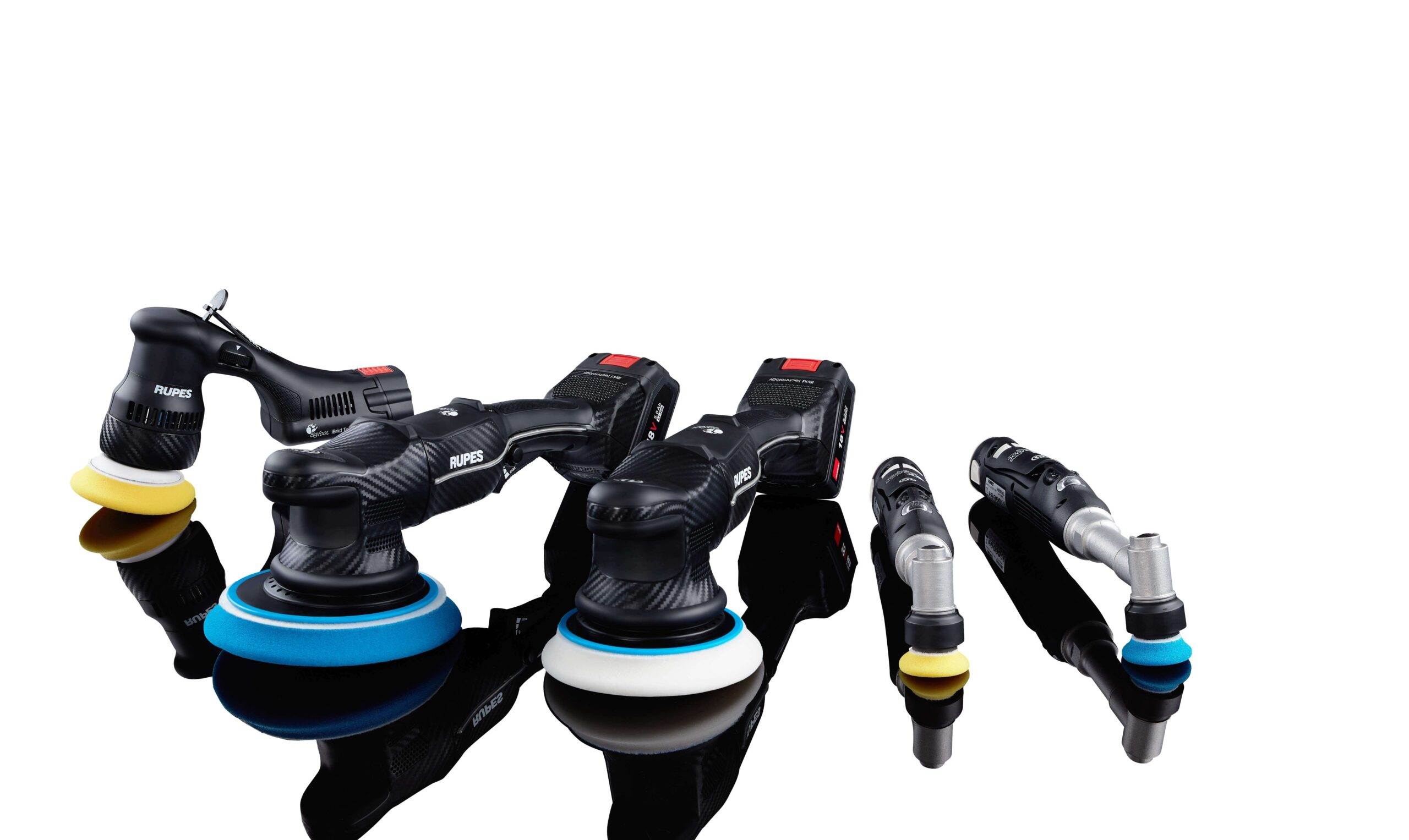
The Ultimate Guide to Choosing the Right Polisher
When it comes to polishing, the tool you choose can make all the difference. Whether you’re working on a car, a boat, or a piece of furniture, the right polisher can help you achieve the perfect finish. In this guide, we’ll explore the pros and cons of three popular types of polishers: Rotary Polishers, Dual Action Polishers, and Geared Polishers.
Rotary Polishers
Rotary polishers are known for their speed and aggressive cutting power. They offer the flexibility to change pad sizes and the option to use different pad types, from foam to wool, including mop style. One of the key advantages of rotary polishers is that they don’t experience pad-stall.
However, they do have their drawbacks. Rotary polishers can easily add heat to the material surface, which carries the risk of warping clearcoat or GRP. Additionally, achieving a ‘perfect’ finish with a rotary polisher can be challenging due to the risk of ‘polishing trails’, sometimes referred to as holograms.
Faster to work with due to more aggressive cutting
Can change pad sizes
Option to use pad types from Foam and Wool (including mop style)
No pad-stall
Easier to add heat in to the material surface (risk with warping clearcoat or GRP)
Doesn’t give (harder to achieve) ‘perfect’ finish with risk of ‘polishing trails’ (sometimes called holograms)
Dual Action Polishers
Dual Action (DA) polishers are often seen as a more user-friendly option, especially for those with less experience. They allow you to choose your orbit (15mm or 21mm), with the 15mm often seen as a good all-round option and the 21mm better suited to larger areas such as car bonnets, roofs, or marine applications.
DA polishers are the best option for achieving a ‘perfect’ finish with no polishing trails and carry much less risk of heat build-up. However, they do have their limitations. DA polishers can’t change pad size, are slower for correction jobs, and carry the risk of pad-stall due to excessive pressure being applied.
Pick your orbit (15mm or 21mm) – 15mm is often seen as a good all-round option, 21mm is better suited to larger areas such as car bonnet, roof or marine applications
Easier to operate (especially for those with less experience)
Best option for achieving ‘perfect’ finish (no polishing trails)
Much less risk of heat build-up
Can’t change pad size
Slower for correction jobs (body shops and detailers often have both rotary and DA to compliment speed and finish)
Risk of pad-stall (when the rotary function of the pad stops) due to excessive pressure being applied
Geared Polishers
Geared polishers sit between rotary and DA polishers in terms of operation, using a 5mm orbit. They can use two different pad sizes and can correct more aggressively than a DA. Like rotary polishers, geared polishers don’t experience pad-stall and are more popular for larger applications when only one polisher is used, making them very popular in marine applications.
However, geared polishers do require greater control and user experience, which may make them less suitable for beginners.
Can use two different pad sizes
Sits between rotary and DA in terms of operation (uses a 5mm orbit)
Can correct more aggressively than a DA
No pad-stall
More popular for larger applications when only one polisher used (very popular in marine)
Require greater control and user experience
In conclusion, the choice of polisher will depend on your specific needs, experience level, and the type of job at hand. By understanding the strengths and weaknesses of each type of polisher, you can make an informed decision and achieve the best possible finish.
